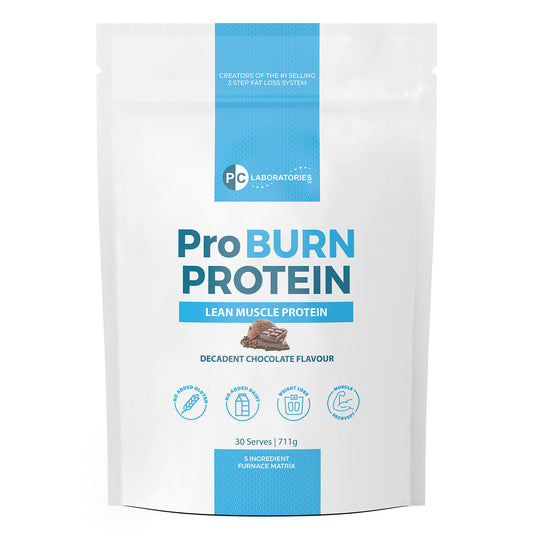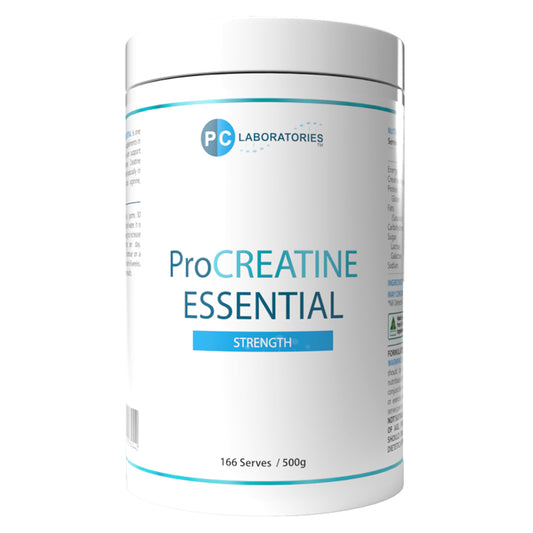Walking is one of the most accessible and effective forms of physical activity for enhancing overall health. As a low-impact exercise, it requires minimal resources, making it an activity that is feasible for a broad range of individuals. Whether it involves a brief stroll through one's neighborhood or a longer walk in a park, this simple practice offers substantial benefits for both physical and mental well-being.
The universal appeal of walking lies in its accessibility. Unlike many forms of exercise, it does not necessitate expensive equipment, specialized training, or access to dedicated facilities. Instead, a supportive pair of shoes and a commitment to taking the initial step are sufficient. Despite its simplicity, walking is often undervalued as a comprehensive tool for enhancing health and quality of life.
This article examines the multifaceted benefits of walking, from its positive impact on physical fitness to its role in fostering mental clarity. Practical strategies for integrating walking into daily routines are also provided, ensuring that this activity is approachable for individuals at any stage of their health journey.
Benefits of Walking
Walking transcends its basic function as a mode of transportation to serve as an effective exercise that promotes holistic health. Below, the diverse advantages of regular walking are categorized into physical health, mental well-being, and the prevention of chronic illnesses.
A. Physical Health Benefits
Enhances Cardiovascular Health
Walking stimulates the cardiovascular system by increasing heart rate and improving circulation. Empirical evidence supports its role in lowering blood pressure, reducing cholesterol levels, and mitigating the risk of cardiovascular disease. For instance, a brisk 30-minute walk daily can yield measurable improvements in heart health.
Facilitates Weight Management
As a moderate-intensity aerobic activity, walking aids in calorie expenditure and metabolic regulation. Depending on factors such as walking speed and body weight, individuals can burn between 100 and 300 calories per hour. Consistent walking can thus support long-term weight maintenance.
Strengthens Musculoskeletal System
Walking is a weight-bearing activity that enhances muscle strength, particularly in the legs, hips, and core. Furthermore, it contributes to increased bone density, reducing the risk of osteoporosis and fractures, particularly in aging populations.
Bolsters Immune Function
Engaging in regular walking has been associated with a strengthened immune response. Research indicates that individuals who walk frequently are less susceptible to common illnesses, such as colds, due to enhanced immune system activity.
B. Mental Health Benefits
Alleviates Stress and Anxiety
Walking, particularly in outdoor settings, facilitates stress reduction through the lowering of cortisol levels. The rhythmic nature of walking fosters relaxation and serves as a natural antidote to stress and anxiety.
Elevates Mood
Walking stimulates the release of endorphins, which contribute to a sense of well-being and emotional resilience. Even short walks have been shown to alleviate symptoms of depression and foster a positive outlook.
Improves Cognitive Function
Cognitive enhancements, including improved focus, memory, and creativity, have been linked to walking. This activity promotes mental clarity and problem-solving abilities, a phenomenon noted among historical figures who incorporated walking into their routines.
C. Chronic Disease Prevention and Longevity
Reduces Risk of Chronic Conditions
Regular walking mitigates the likelihood of developing chronic diseases such as type 2 diabetes, hypertension, and obesity. It supports physiological systems, enhancing overall health and functionality.
Promotes Longevity
Studies demonstrate that individuals who maintain consistent walking habits experience greater life expectancy and improved quality of life. Even moderate levels of walking contribute to reduced health risks associated with physical inactivity.
Strategies for Incorporating Walking into Daily Life
Integrating walking into daily routines requires intentional effort but can be accomplished with practical adjustments. Below are methods for fostering consistent walking habits.
A. Increasing Daily Steps
- Take Short Breaks: Incorporate brief 5–10 minute walks throughout the day to counteract prolonged periods of inactivity.
- Opt for Walking Over Driving: For short errands, walking can serve as both a mode of transportation and an opportunity for physical activity.
- Park Farther Away: Selecting parking spaces farther from destinations adds steps with minimal disruption to daily routines.
- Use Stairs Instead of Elevators: Choosing stairs provides additional cardiovascular benefits while integrating walking into daily activities.
B. Establishing a Routine
- Set Measurable Goals: Establish daily step targets, such as 5,000 or 10,000 steps, and use tracking devices to monitor progress.
- Schedule Consistent Walks: Designate specific times for walking, such as mornings or evenings, to build consistency.
- Track Achievements: Monitoring progress through wearable devices or apps can serve as motivation to maintain walking habits.
C. Enhancing Enjoyment and Social Engagement
- Walk with Companions: Sharing walks with friends or family enhances social connections while encouraging physical activity.
- Explore Nature: Walking in scenic environments, such as parks or trails, promotes psychological well-being in addition to physical health.
- Participate in Groups: Joining walking clubs or community challenges fosters accountability and camaraderie.
Addressing Common Barriers
Despite its simplicity, certain obstacles may hinder adherence to a walking routine. Solutions to these challenges are outlined below.
A. Time Constraints
To accommodate busy schedules, walking can be divided into smaller sessions throughout the day, such as during breaks or while multitasking.
B. Lack of Motivation
Maintaining motivation can be achieved by setting incremental goals, incorporating enjoyable activities like listening to music, and varying walking routes to sustain interest.
C. Weather Challenges
Adverse weather conditions can be mitigated by utilizing indoor walking spaces, adjusting timing to avoid extreme temperatures, and dressing appropriately for the climate.
D. Physical Limitations
For individuals with mobility concerns, gradual progression and the use of assistive devices can make walking more accessible. Consultation with healthcare professionals may provide tailored recommendations.
How Would Protein Supplementation Enhance the Effects of Walking?
Protein supplementation can significantly benefit individuals whose primary form of exercise is walking by supporting essential bodily functions and enhancing the outcomes of this moderate physical activity. Walking, while low-impact, still engages various muscle groups, especially in the legs and core, and promotes cardiovascular health. Adequate protein intake aids in repairing and maintaining these active muscles, ensuring they remain resilient and functional over time. For individuals who walk regularly, protein supports muscle protein synthesis, counteracting age-related muscle loss (sarcopenia) and maintaining strength and mobility. Additionally, protein contributes to metabolic efficiency by stabilizing blood sugar levels, which can prevent energy dips during and after walking sessions. It also promotes satiety, helping individuals manage their weight—a benefit particularly relevant for those using walking as a tool for health improvement. Moreover, studies suggest that even light to moderate physical activities like walking can elicit small increases in muscle turnover, which protein supplementation can efficiently address.
Final Note
Walking represents a highly accessible and effective approach to improving health and well-being. Its benefits span physical, mental, and emotional domains, providing a holistic enhancement to quality of life. By adopting practical strategies and addressing potential challenges, individuals can integrate walking into their lifestyles and reap its transformative rewards. Each step taken contributes to a healthier and more fulfilling life, underscoring the value of this seemingly simple activity.








